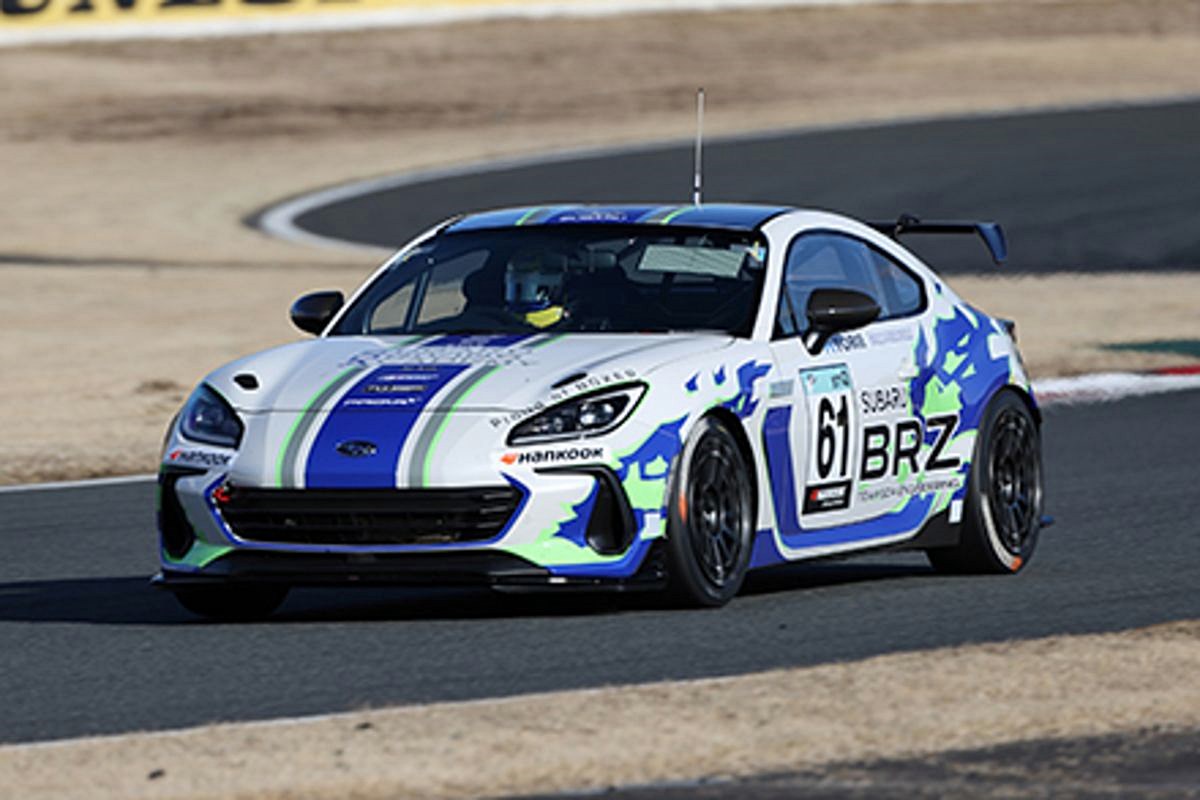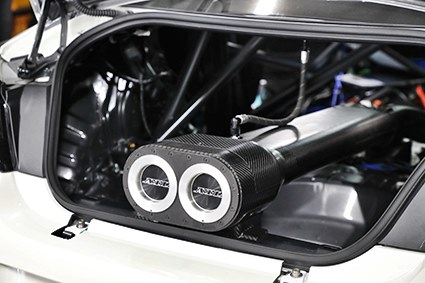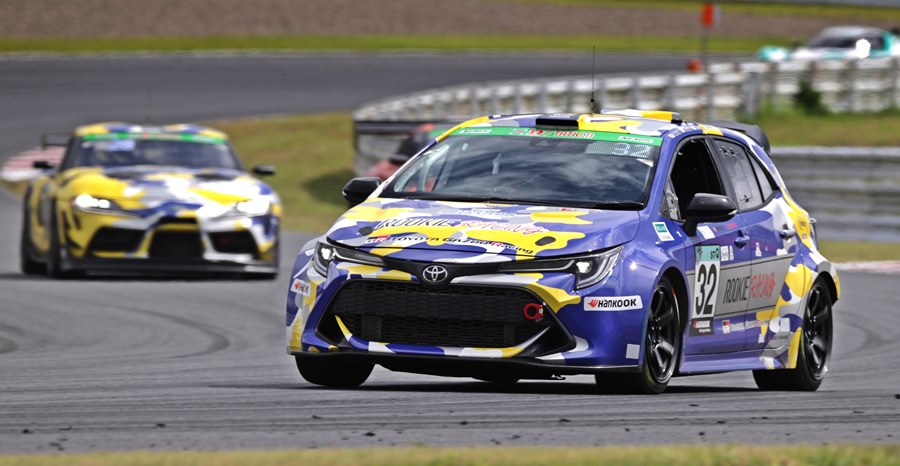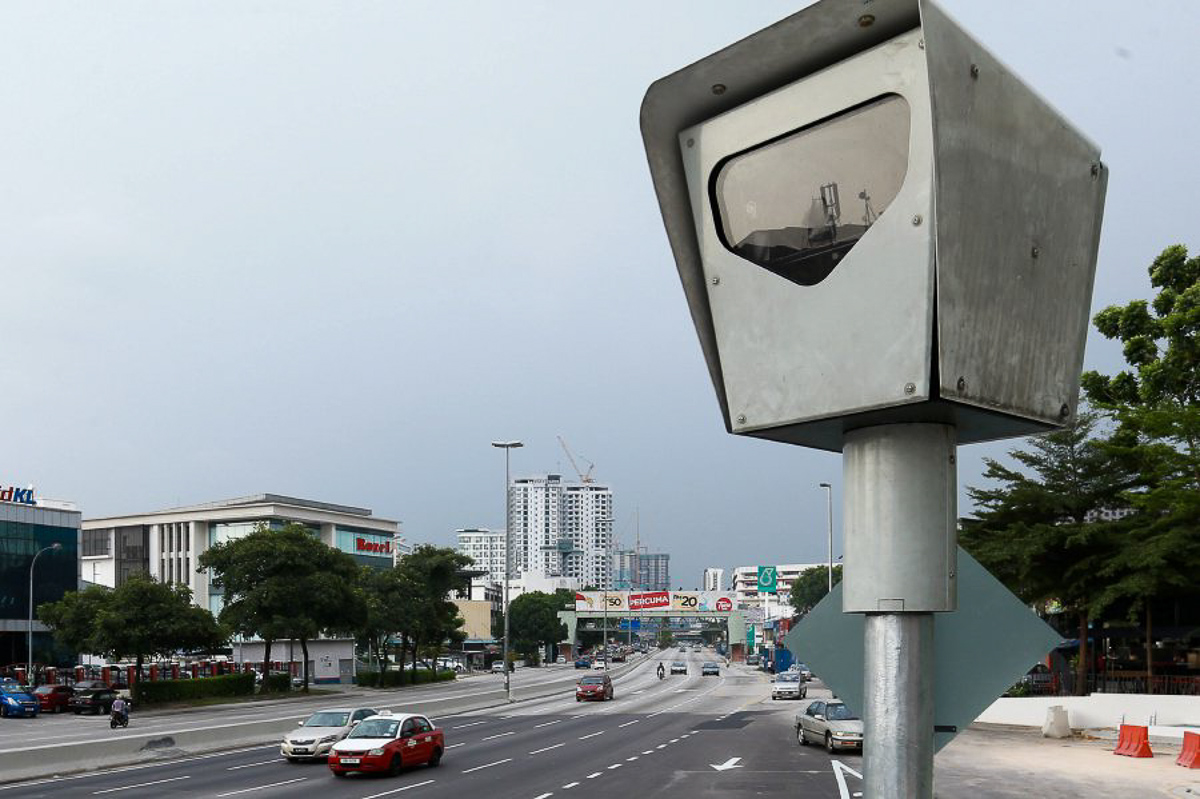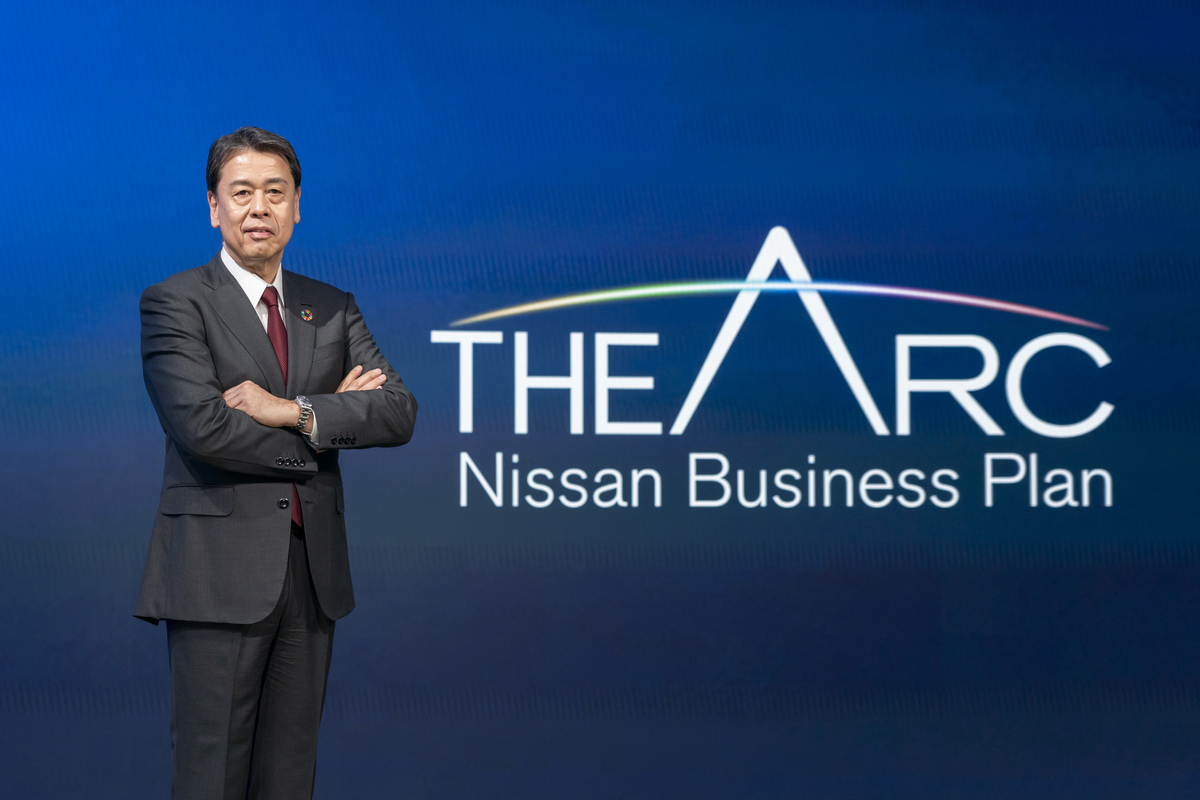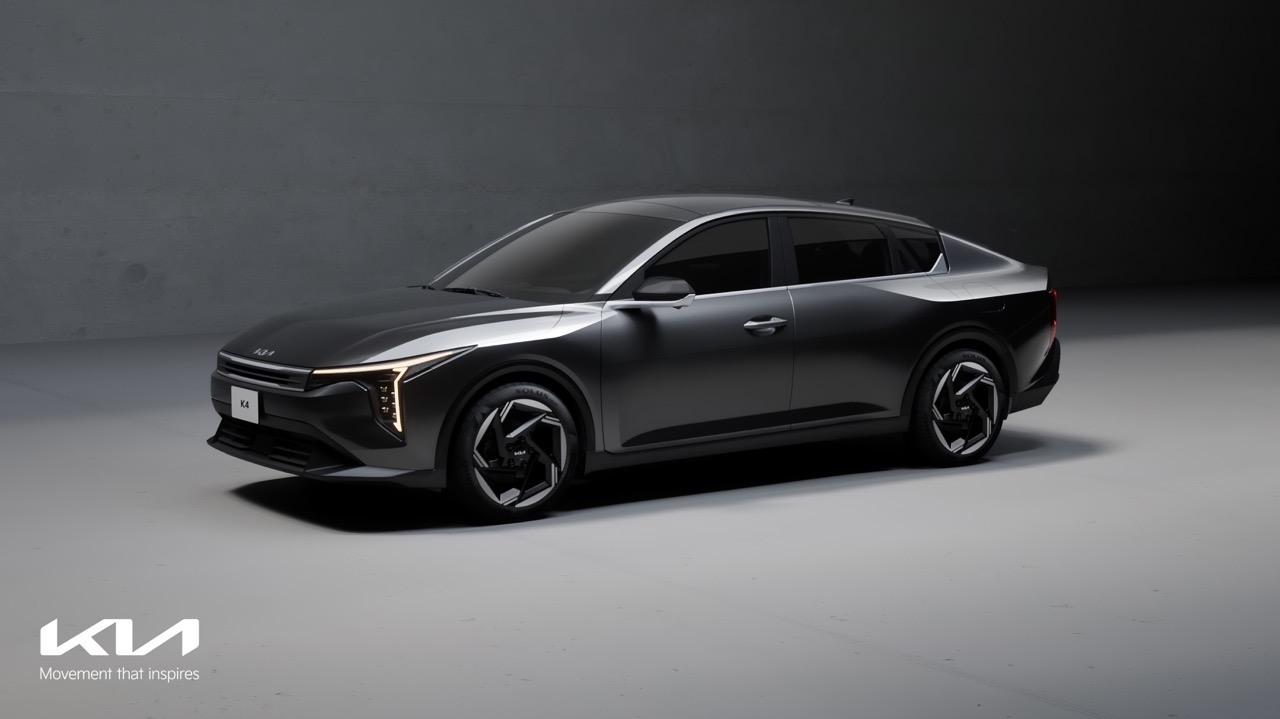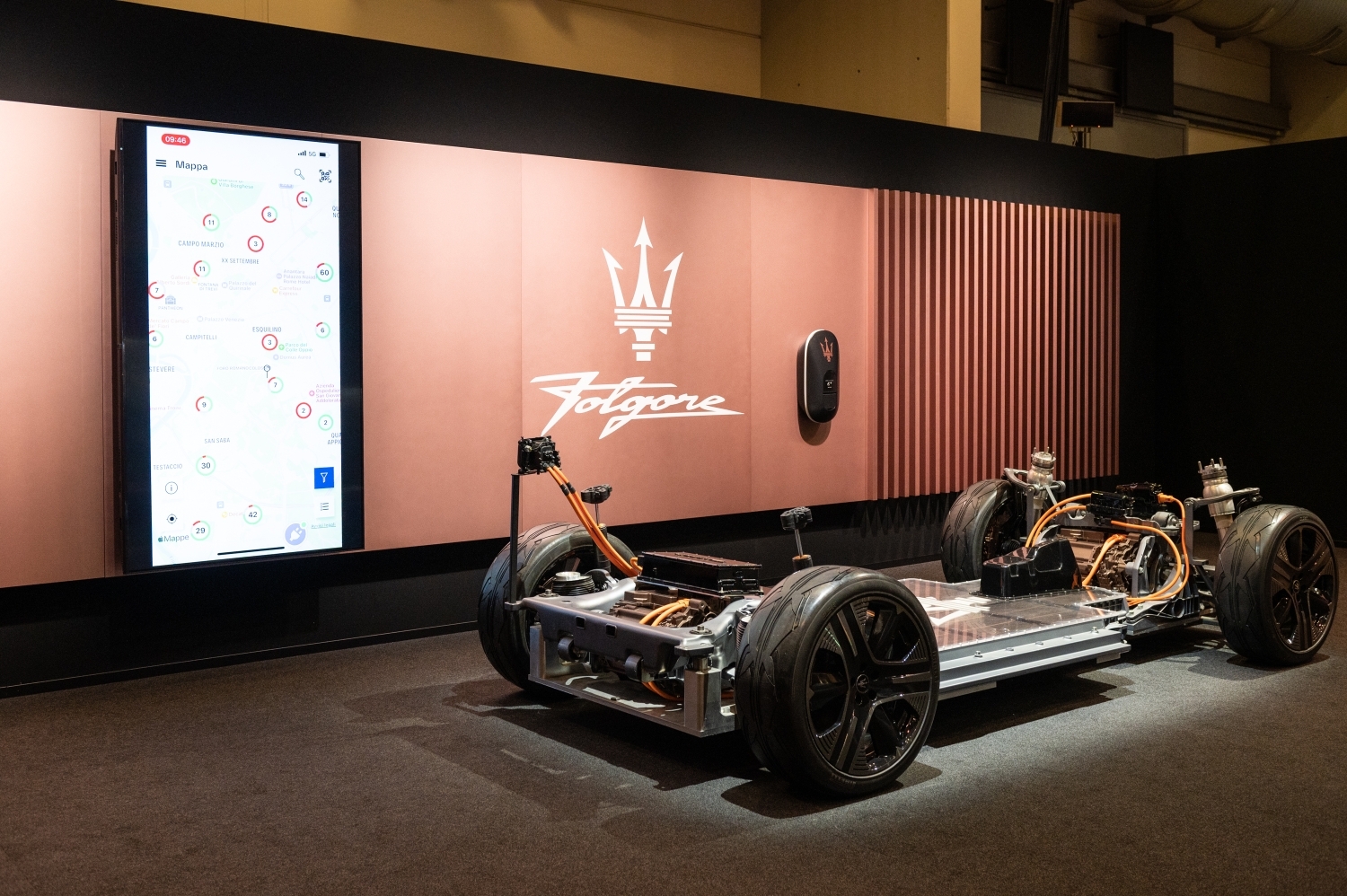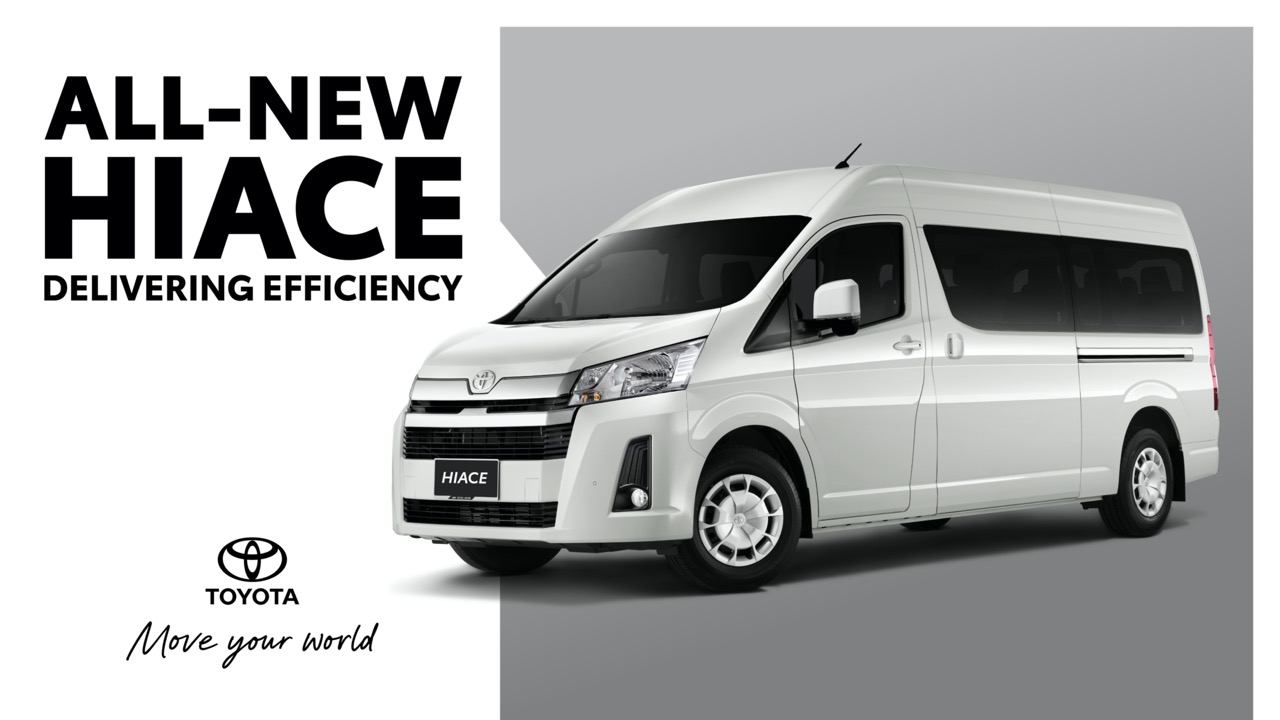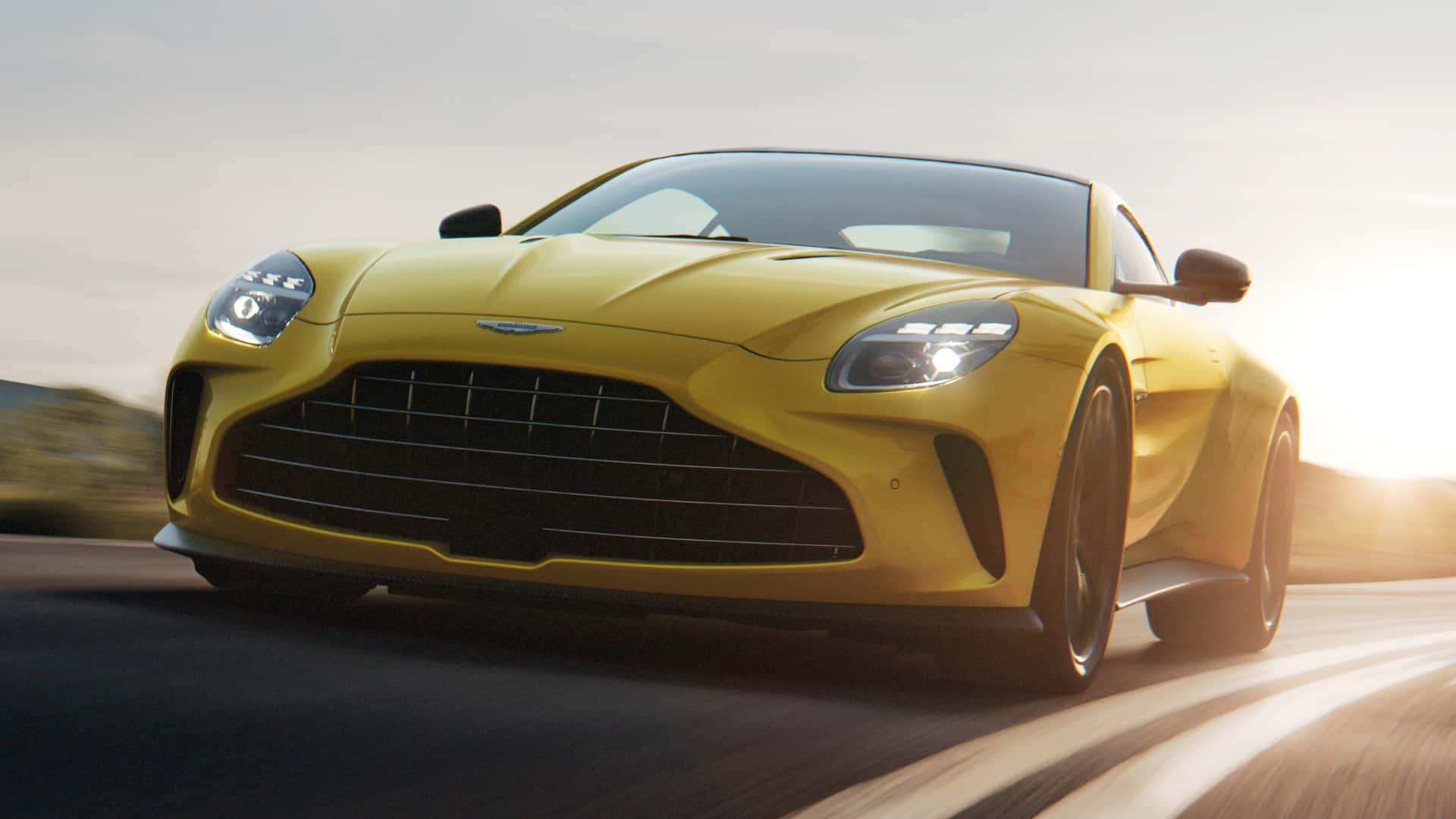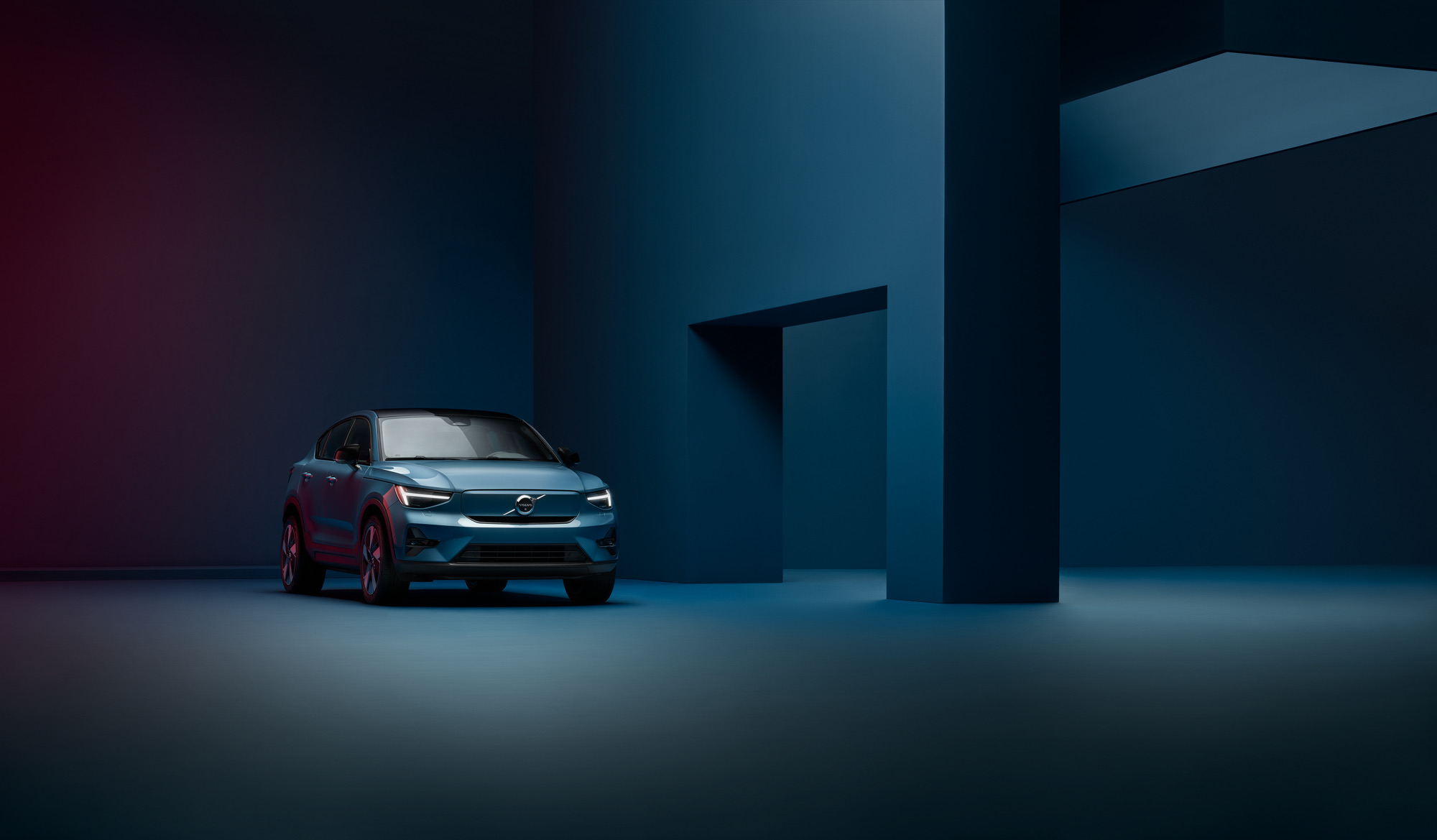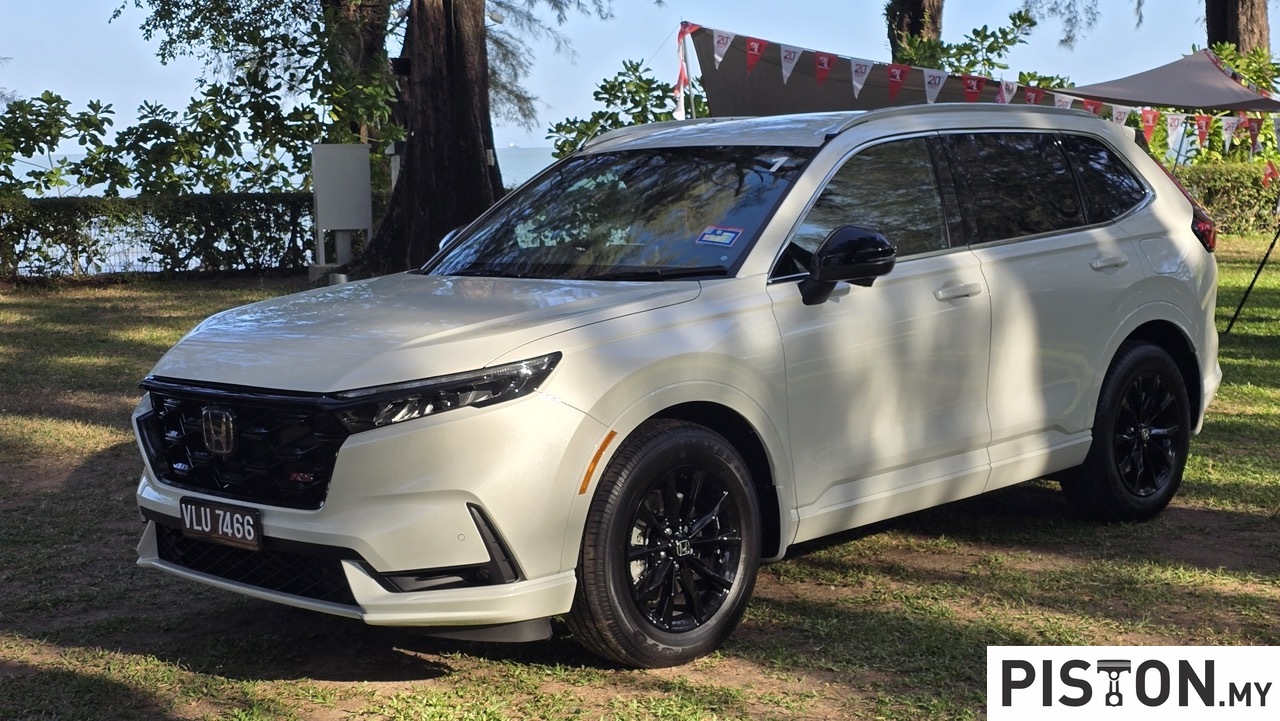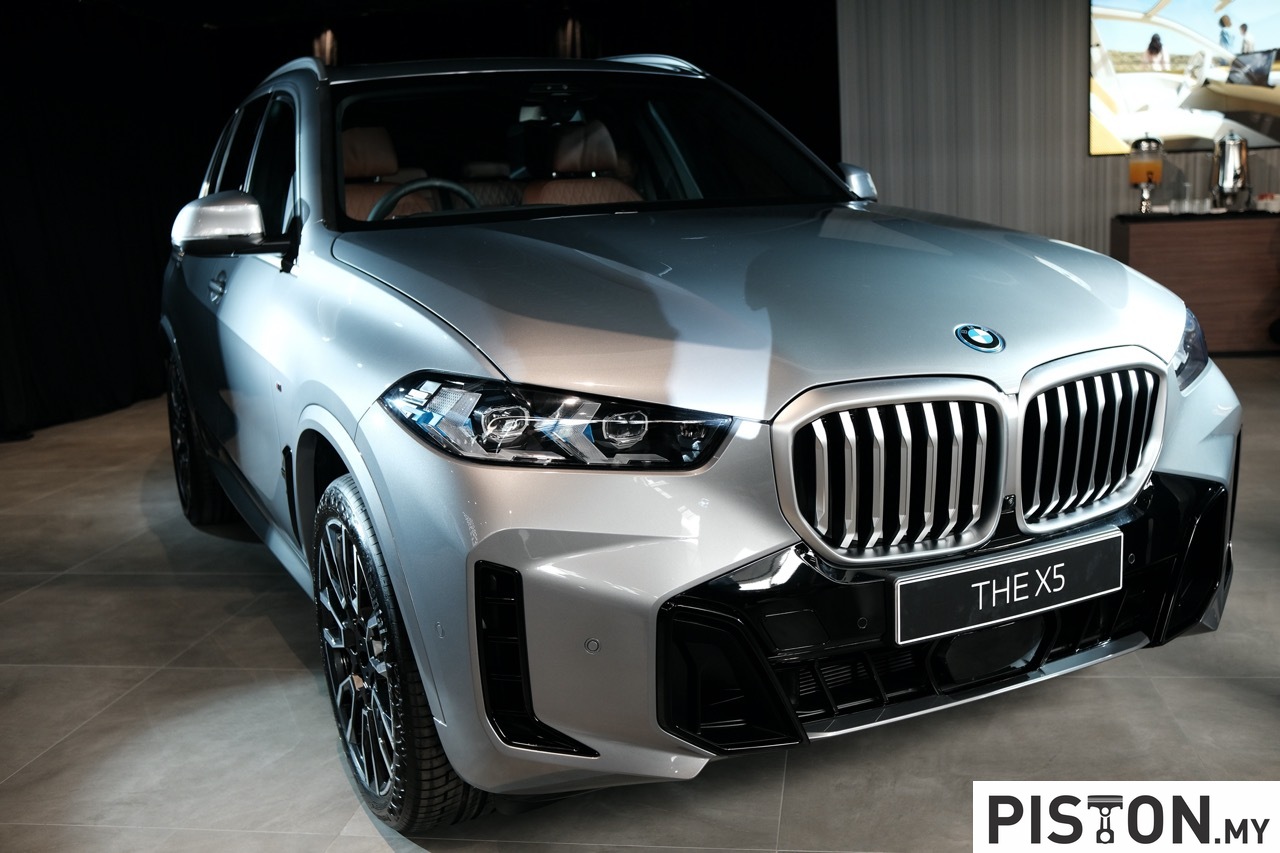While the European carmakers are thinking of phasing out combustion engines, the Japanese carmakers are still trying to keep them in use for a while longer, not just in hybrid powertrains but also on their own. In order to meet increasingly stringent emission standards – one reason why industry is going the EV route – the carmakers are exploring and testing the use of environment-friendly fuels.
Toyota is testing an engine running on hydrogen (as a fuel, not for a fuel cell) while Mazda has been running a 100% biodiesel made from used cooking oil and microalgae fats. Subaru is the third member of the same group of companies exploring new fuels that can be classified as carbon-neutral.
All three companies have formed an alliance for such R&D work and are running their prototypes in the current ENEOS Super Taikyu Series. Toyota’s prototype is adapted from a Corolla hatchback, while Mazda is using a Demio model. Subaru has chosen its BRZ sportscar for the purpose.
The use of the Super Taikyu series is suitable for development work as it subjects the prototype engines to extreme conditions within a short period. Feedback on engine performance will help the engineers identify issues and work on solutions so that fuel options can be expanded for combustion engines which are also acceptable for a carbon-neutral society.
For developing of the prototype, Subaru has over 100 engineers involved in Team SDA Engineering. The engineers made minimal modification to the BRZ to retain mass production vehicle engineering which is reliable. However, racing regulations require safety equipment and the roll cage is an important item to be installed. The structure of the roll-cage was specially designed so that there would be space for EyeSight stereo camera which is used for the active safety systems.
Related stories:
Mazda uses SKYACTIV-D engine wth next-generation biodiesel
Toyota races in Super Taikyu series with hydrogen-fuelled engine
The carbon-neutral fuel is a synthetic fuel formulated by synthesizing sources such as carbon dioxide (CO2), hydrogen and components derived from non-edible biomasses so as to match with Japanese Industrial Standards (JIS) for petrol It is seen as one of the measures for achieving carbon neutrality as the amount of carbon dioxide emitted during combustion is regarded as neutral.
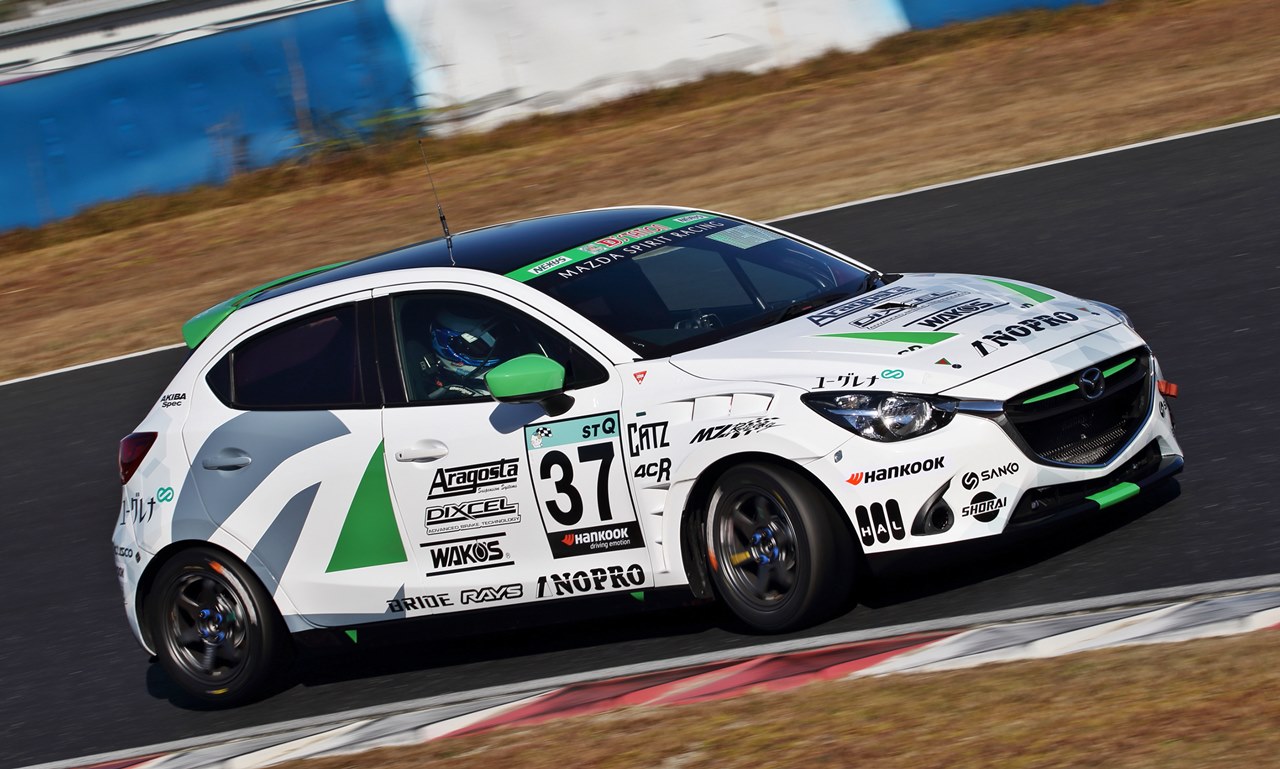
When all materials are derived from renewable energy and CO2 emitted during production and transportation process is zero, the fuel can be considered a truly carbon-neutral fuel. However, since there still is CO2 emission during production and the transportation process, the fuel used at this time is not strictly carbon-neutral. Subaru is aiming to make it 100% carbon neutral in the future.
The livery of the race car features the motif of blue and green flame which respectively symbolize the passion of Subaru engineers and environmental friendliness of carbon-neutral fuel.
Hyundai Motor Group aims to take lead in technology for future hydrogen society


